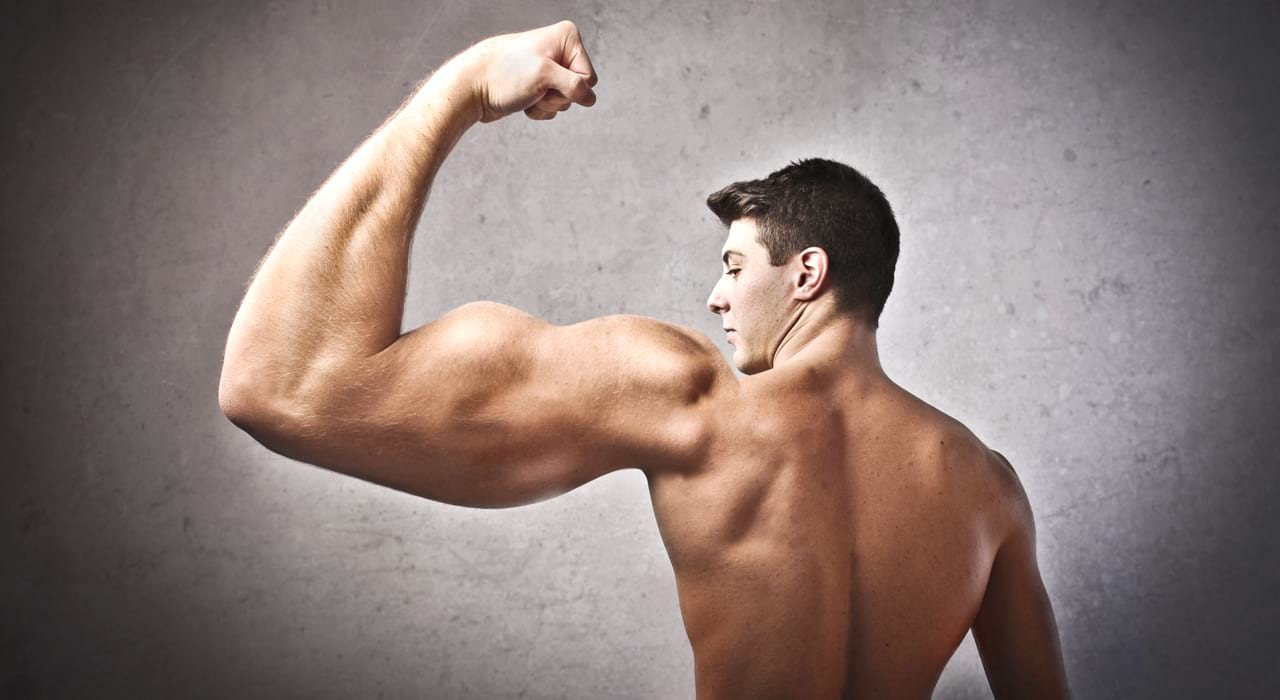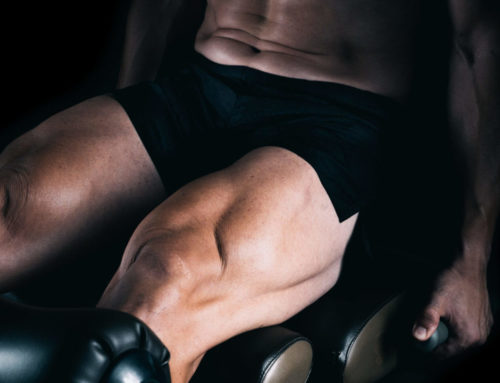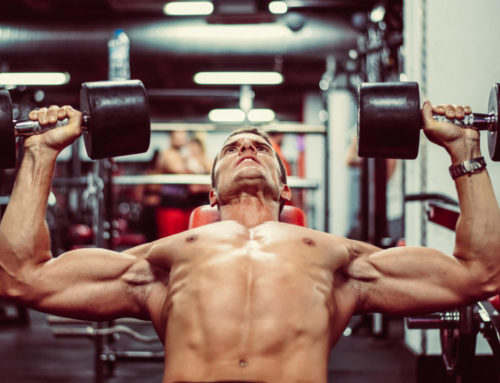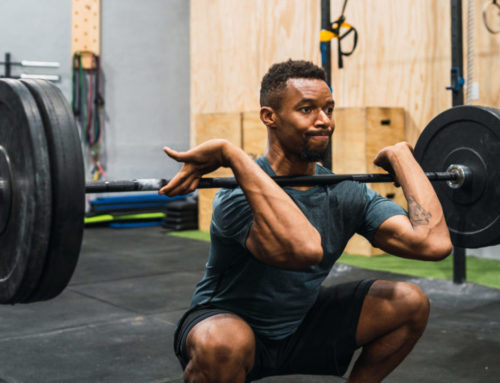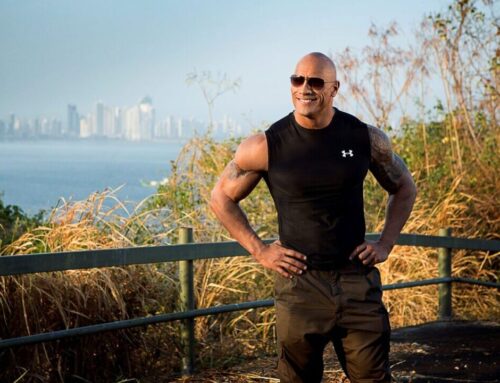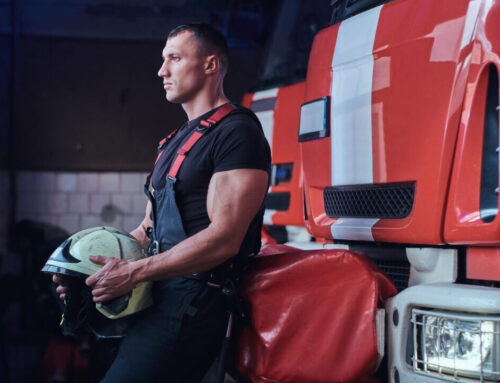If there’s one thing every exerciser wants, it’s bigger arms. Sure, you see plenty of articles about the importance of leg and back training – and those are the most important body parts to train – but you’re never going to have a complete physique without great arm development.
You’re probably not going to build the biggest arms possible if you focus on nothing but pump work. No, the only way to build the biggest pipes possible is to use a combination of strategies, some at different points in your training career. Here are a few of the best methods for building bigger arms, as well as some advice on how to put them in your program.
Big arms aren’t earned with a single strategy. They’re forged using a variety of innovative strategies that push their muscle fibers to their limits. Here’s your game plan for tighter sleeves at any cost.
Heavier weights, bigger arms
Of course, you’ll have to work your arms directly with movements such as bicep curls and pushdowns, but if you think you’ll get impressive arms without moving impressive weight, think again. There may be a few guys who can bench big and strap on tons of weight for pull-ups who don’t have big arms, but they’re few and far between. It’s even more rare to see a guy with huge arms who hasn’t spent some serious time getting stronger – even if that’s not how he trains today.
What are the best heavy movements for big arms? As usual, I’m all about the basics. For triceps, you’ll want to focus on close-grip bench presses, dips and any other free-weight pressing movements that emphasize the triceps. If you have access to bands, boards or other tools that powerlifters use to overload their triceps, then make sure you take full advantage. And make sure you’re always progressing in weight and reps – even if it’s by a marginal amount each training session.
Always aim to go at least a little heavier or do one more rep than you did the week before.
Biceps are a little tougher to stimulate with compound movements, but that doesn’t mean you can do nothing but bicep curls. Underhand chinups – with added weight when possible – are amazing for biceps and the strength you gain will actually allow you to curl more weight in the long run.
Underhand rows can be useful too. Just don’t go as heavy and sloppy as you might with overhand rows. Too much strain and you’ll risk tearing a bicep. Take it slow and steady and pay attention to how the muscles in your arms and tendons feel before, during and after a particularly hardcore session. This means learning the difference between the acceptable pain of post-workout stiffness and the unacceptable ache of tendinitis and inflammation.
Going for the pump
As soon as you’ve mastered form and technique on the basic movements, you’ll want to incorporate some lighter, “pump-style” exercises. For biceps, you’ll obviously need to do curls, curls and more curls – but what kinds? There are nearly endless variations, but truly, you don’t need to get fancy. Focus on the basic barbell or EZ bar curl – whichever feels better on your joints, and do plenty of sets in the 10-12 range.
Aside from the basic barbell curl, any kind of dumbbell curl, machine curl or cable curl will work. Also make sure you throw in some hammer curls once a week for good measure. You can use all sorts of crazy cable and bench setups if you really want to, but they really aren’t going to make a tremendous difference.
You’re better off sticking to whichever simple curl variations give you a good pump and don’t hurt your joints. For triceps, you’ll need to do just the opposite – extensions. If your elbows are healthy, the best moves you can do are skull crushers and incline or decline skull crushers.
Use super-strict form and while you should aim to get more weight and reps every workout, don’t go so heavy that you start to feel the movement in your joints more than in your muscles. The low-rep ranges are for pressing movements, not extensions.
What about other types of extensions? Some guys shy away from cables and machines and insist free weights are the only way, but I’m actually a big fan of cable movements for triceps. You can go relatively heavy, there are plenty of attachments to use and they’re easier on your joints than skull crushers. They’re the perfect way to give your elbows a break after heavier movements. My favorite arm workouts usually involve one pressing movement, one skull crusher variation and one or two cable pushdown exercises for triceps.
High frequency or high volume
When it comes to building muscle, there’s an ongoing debate between frequency and volume. Should you hammer a body part and give it a week’s rest, should you provide less stimulation more often, or should you use an in-between approach? In my opinion, they all work. For arm training, you’ll want to cycle between splits that have you training arms twice or even three times per week and routines that have one, dedicated arm day where you blast them into oblivion.
However, once you reach a certain level of development – or if your arms are lagging behind the rest of your physique – you’re going to need to give them some extra attention. My favorite strategy for improving lagging arms is to train biceps with back, triceps with chest, and then both again on their own day.
Putting it all together
So, how do you progress from here? If you’re like the vast majority of lifters, your arms probably aren’t actually lagging – you just need to build more muscle mass overall if you want them to get bigger. It’s pretty rare for anyone to make serious gains on their biceps and triceps without simultaneously improving their chest, shoulders, backs and even legs. For most of you, the best course of action will be to emphasize close-grip pressing movements on your chest days (as well as your normal exercises) and underhand movements on your back days. Hit up six to eight sets of extension variations after chest exercises and the same for curls after back exercises.
Then, on your weekly arm day, blast them again with 12-15 sets each of curls and extensions, beginning with the more basic moves and progressing onto lighter, “pump” exercises. Also, be sure you get a couple of days rest between your arm day and your next chest or back day. You don’t want fatigued arms to limit the rest of your development. After all, you don’t want to be all arms and nothing else. Put these into practice and you’ll soon enjoy the thrill of tighter sleeves.
Find fitness tips and more in every issue of TRAIN magazine.


